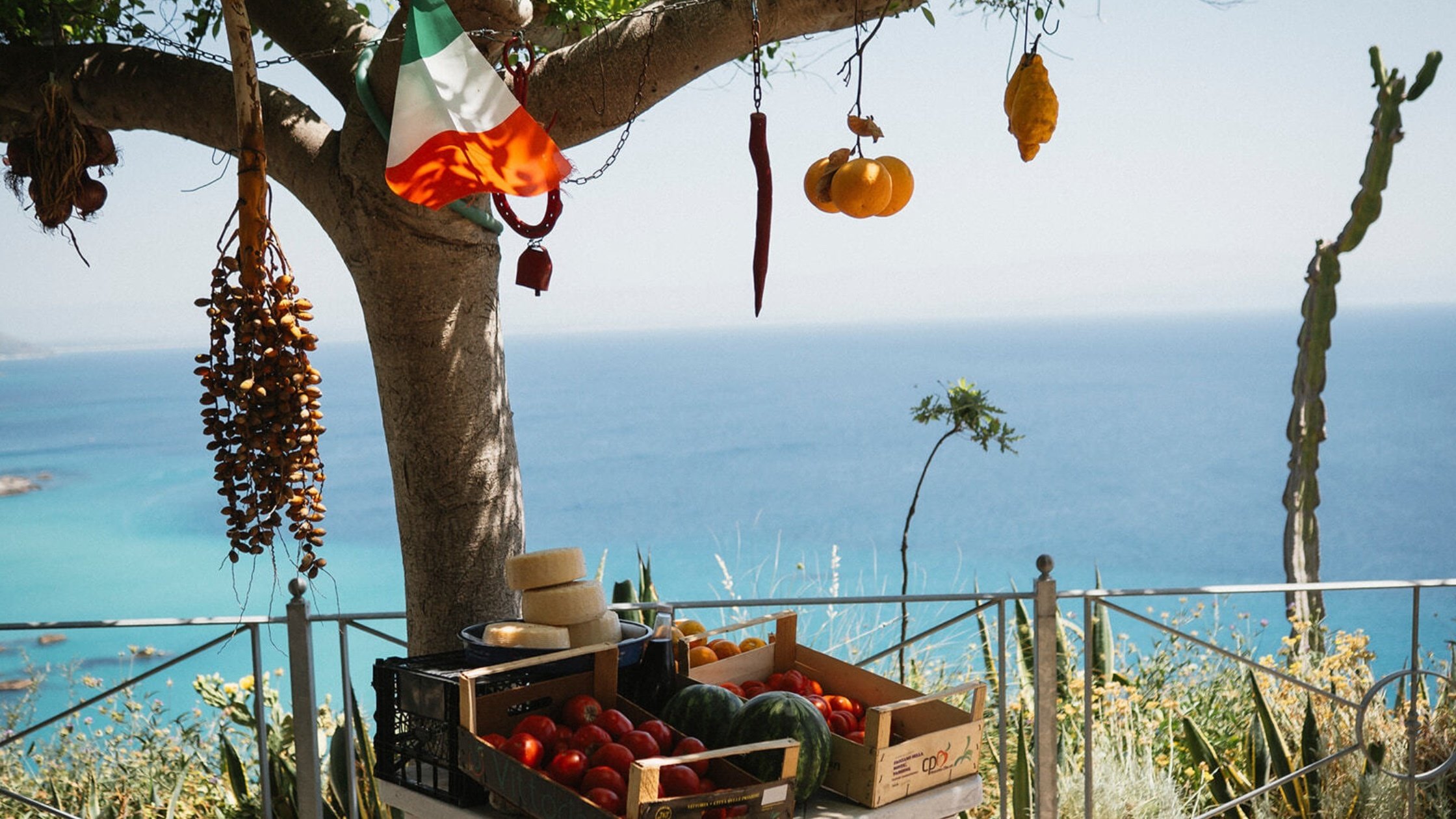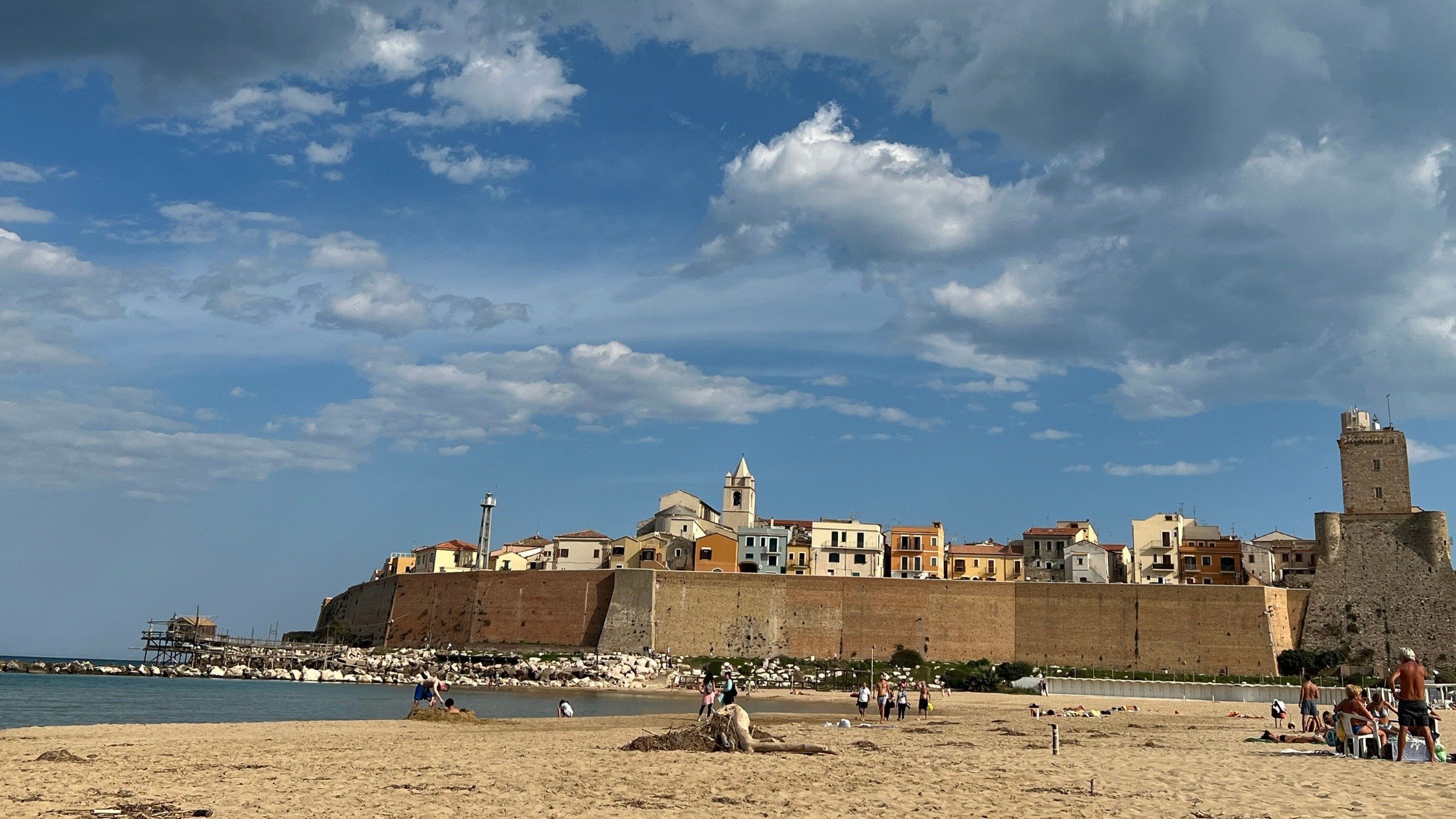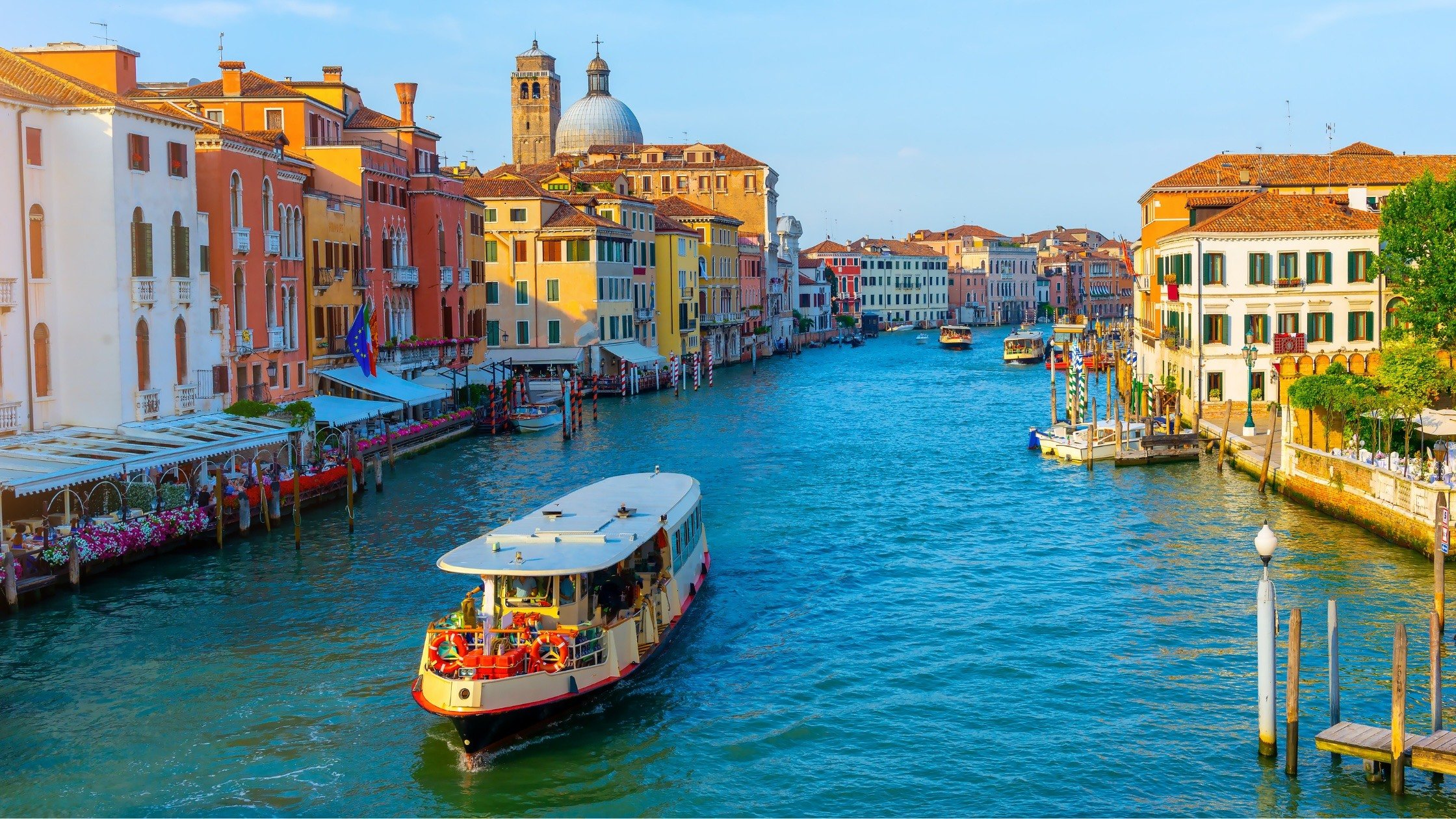There is a place in Italy whose beauty I’ve taken for granted all of my life and for that reason I had not considered it worth mention.
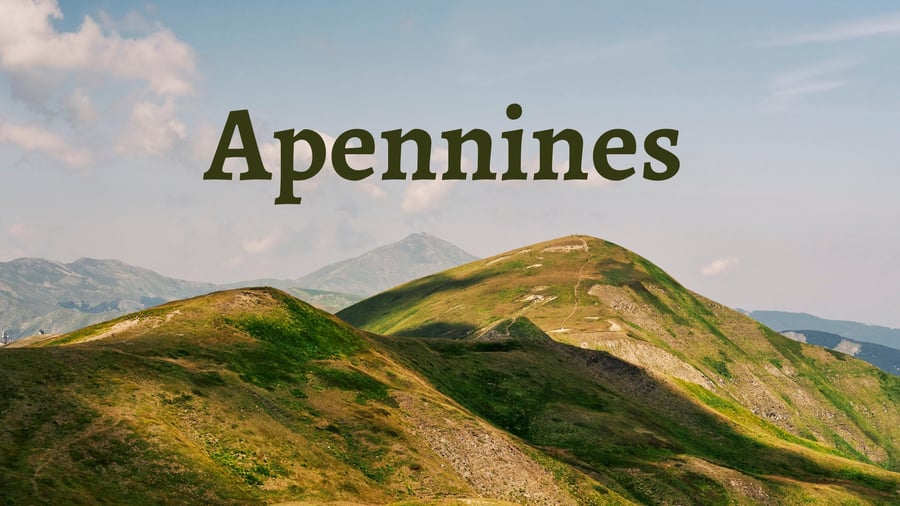
That place is the Apennines mountain chain, the “other” Italian mountains. My involvement as co-organizer of a MTB stage race and several rides on Tourissimo's cycling tours has prompted me to share the Apennines and its characteristics as a cycling and outdoor destination.
The Apennines are the mountains that run almost the whole length of Italy from Liguria (in the North) to the tip of Calabria (in the South) and even onto the island of Sicily. They are Italy’s equivalent of North America’s Great Divide on a much smaller scale (roughly 1/3). As well as being the watershed, these were literally a great divide because until the coming of the railroads it was quicker to sail from Ancona on the Adriatic East coast to Rome on the west than it was to travel overland. Drivers today that have to cross still complain about the task.
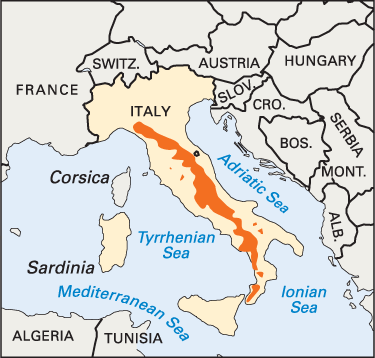
But riders there find an amazing playground of quiet valleys and passes among forests of chestnut, oak, and beech trees. A network of secondary roads departs from the valleys formed by the rivers that spring near the mountain peaks. For its characteristic, Apennine climbs can have steep sections (1/2 mile), although they tend to be long and gradual and you can climb from sea level continuously for 25-30 miles. The Apennines are not overpopulated or overbuilt and contain many regional and national parks. There seems to be in the inhabitants an atavistic respect for nature that in my opinion derives from having to rely on it and its products for millennia because long-haul trading wasn’t as lively as in coastal towns and in the Po River Valley. Their practical sense of hospitality goes back to the days when the pilgrims traveled to reach Rome, and to WWII days when the Italian resistance, the partigiani, found shelter and hospitality while organizing their liberation plot with the help of the allies. Below, a 1940's Willys MB left behind by the allies.
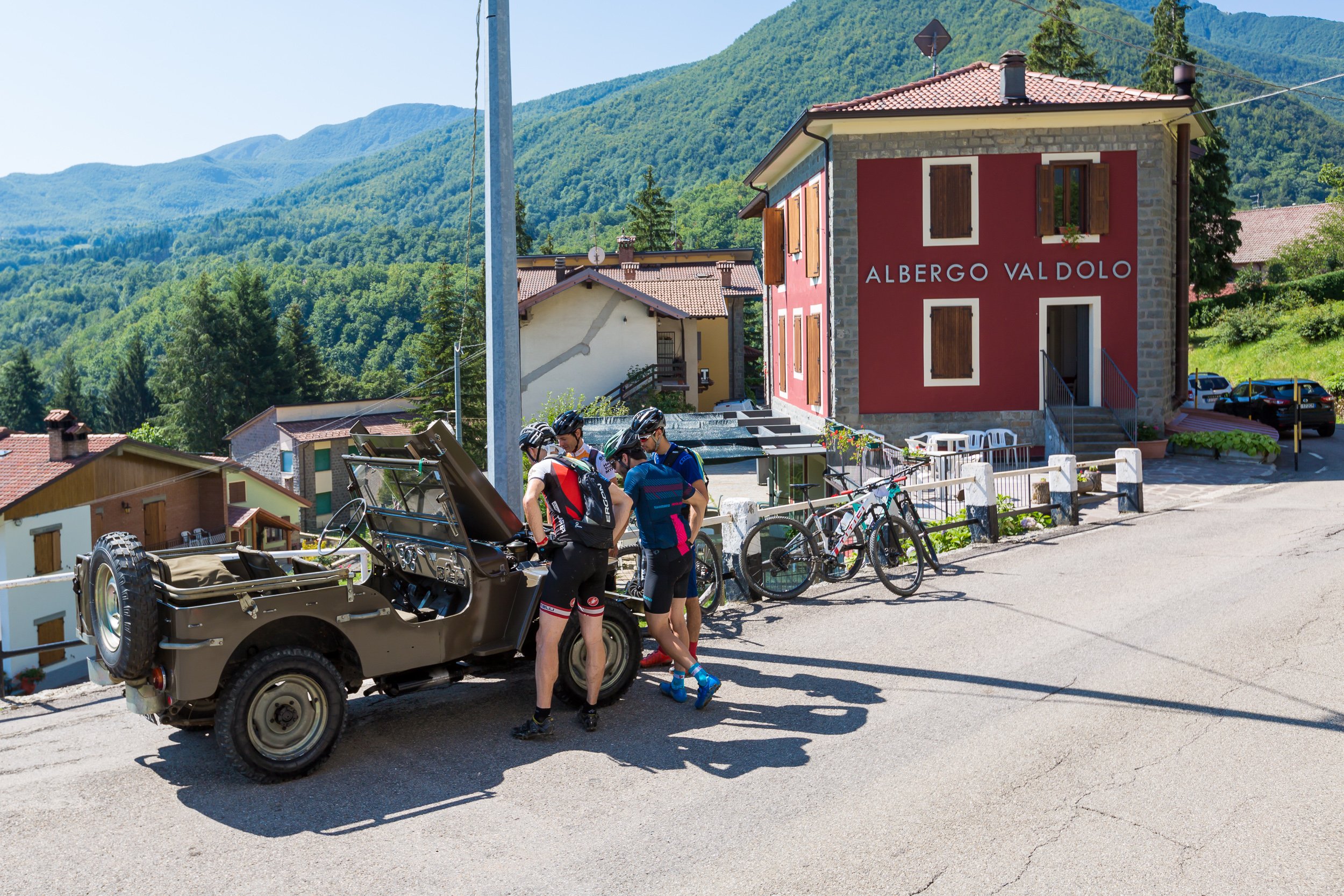
The Apennines is a long system of mountains and hills and it is only about 20 miles (32 km) wide at either end but about 120 miles (190 km) wide in the Central Apennines, east of Rome, where the “Great Rock of Italy” (Gran Sasso d’Italia) provides the highest Apennine peak (9,554 ft - 2,912 mt) and the only glacier on the peninsula, Calderone, the southernmost in Europe. The eastern slopes down to the Adriatic Sea are steep, while the western slopes form foothills on which most of peninsular Italy's cities are located. The mountains tend to be named for the province or provinces in which they are located; for example, the Ligurian Apennines are in Liguria.
The Apennines are divided into three sectors: northern, central, and southern. They are comprised predominantly of sandstone and limestone marl (clay) in the north, limestone and dolomite (magnesium limestone) in the center, and limestone, weathered rock, and Hercynian granite in the south. On either side of the central mass are grouped two considerably lower masses. These sub-Apennines run in the east from Monferrato to the Gulf of Taranto and in the West from Florence southward through Tuscany and Umbria to Rome.
A number of long hiking trails wind through the Apennines. Of note is European walking route E1 coming from northern Europe and traversing the lengths of the northern and central Apennines. The Grand Italian Trail begins in Trieste and after winding through the Alpine arc traverses the entire Apennine system, Sicily and Sardinia. Also, the Alta Via dei Parchi in the region of Emilia Romagna crosses 7 national and regional parks and runs mostly on the ridge (the watershed Emilia-Romagna and Tuscany, therefore Adriatic and Tyrrhenian).
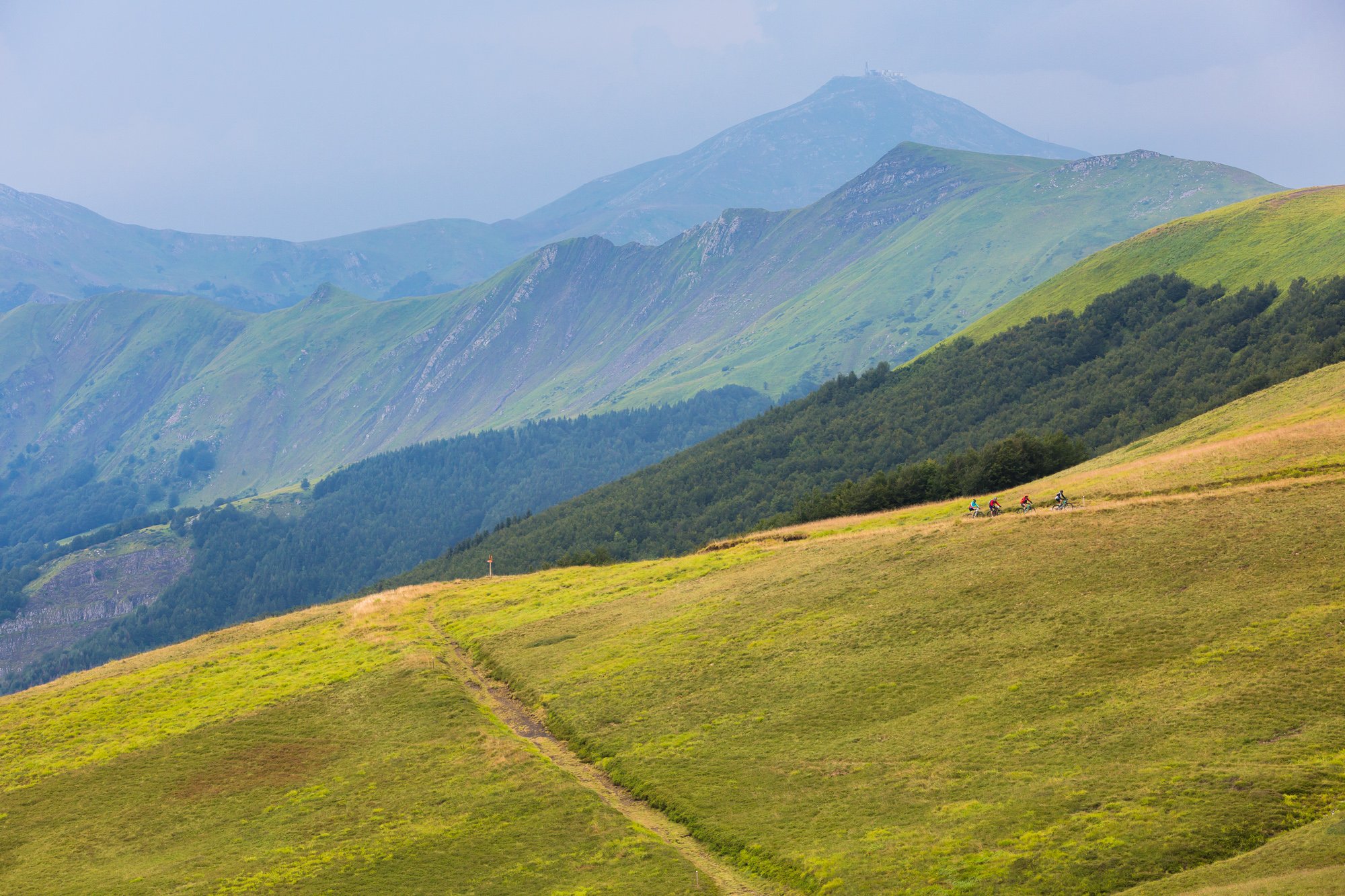
Recently, the via Francigena (St. Francis' Way, running from northern Europe to Rome) has been brought back for pilgrims and simple tourists, and I think in the coming years it will become as famous (and trafficked) as the Camino de Santiago in Spain. It crosses over the mountains between Emilia Romagna and Tuscany.
I can imagine at least four routes to use for bike tours in the Apennines.
- From the wine region of Piedmont to Parma: an enogastronomical journey connecting two Slow Food strongholds;
- From the Adriatic to the Tyrrhenian sea: riding across, coast to coast, has its fashion;
- Riding the wild highlands of Abruzzo and Marche: these mountains and parks leave every new visitor breathless all the time;
- The grand tour: allow 3 weeks and ride it all!
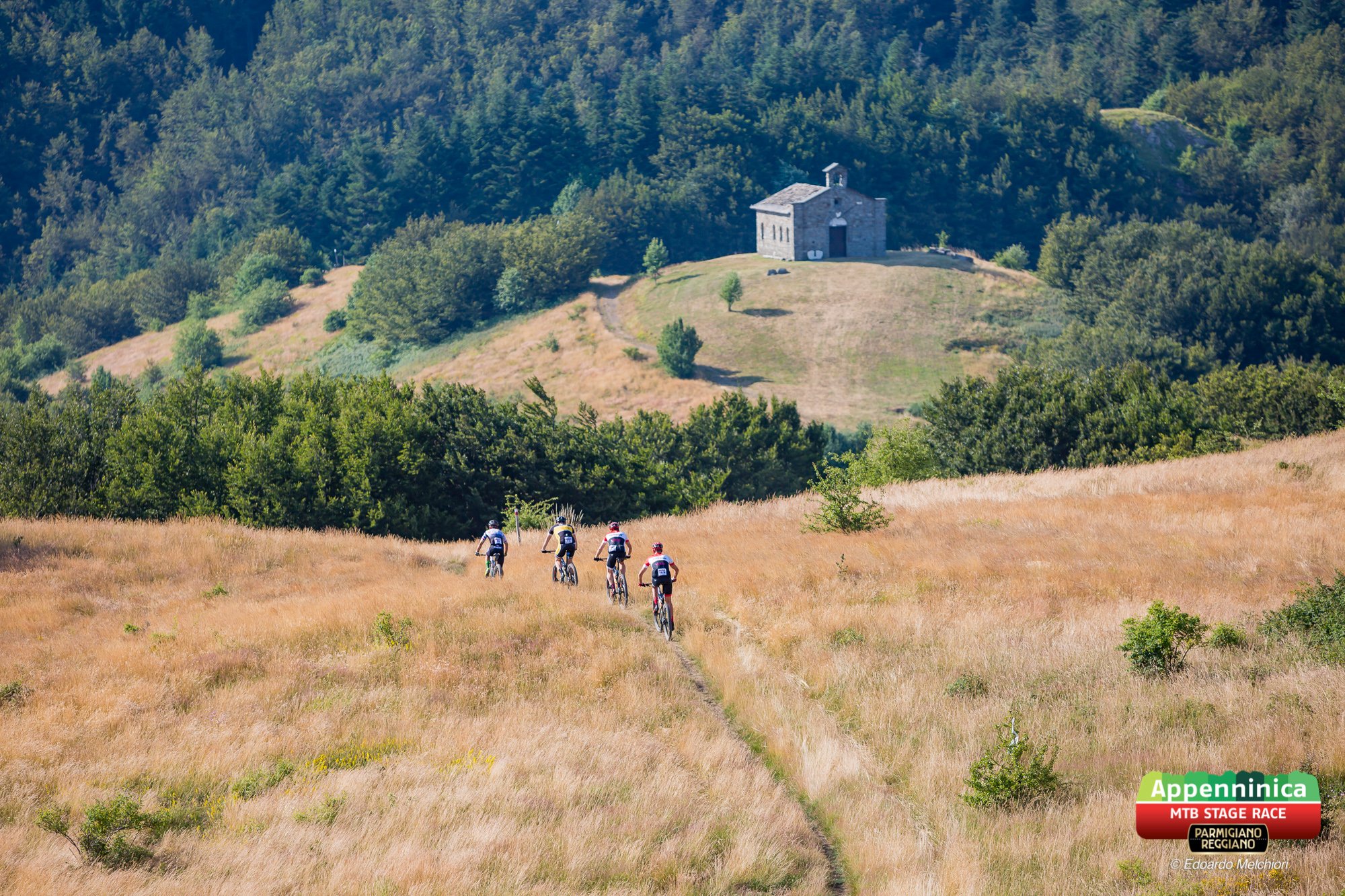
For hikers, there are so many possibilities that it would be a hard pick. I envision (in a grand journey) connecting Cinque Terre and the Amalfi Coast. Starting in Levanto, then the Apuan Alps, then the “Sentiero degli Dei,” or “Paths of the Gods” that connects Bologna to Florence. And then Urbino and Norcia, and some lesser-known gems including Santo Stefano di Sessanio, Camerino, Gubbio, Pennabilli and San Sepolcro. Sibillini Mountains and Campo Imperatore, Rome and Naples and finally Amalfi.
The local products consist of chestnut and spelt, honey, mushrooms, cheese (the best Parmesan comes from the Apennines in the province of Reggio Emillia), succulent cold cuts, berries and black truffles.
The signature dishes of the Apennines are tortelli (fresh pasta filled with cheese and vegetables), polenta served with mushrooms or wild game, and tigelle and crescentine (bread substitutes served with local ham or spreadable lard).
The osterie on the Apennines are simple, authentic places where genuine wine and simple food are served. When the service is over, the locals play cards or just reunite to talk over coffee or red wine.
So, if you are looking for the "real" Italy, the Apennines might be your next destination. Best time to go would be from May through July, and in mid September.




